Just to add a little bit more...
Look at total T3 from MR rats. Total T4 is the same as the others, which indicates a greater conversion of T4 to T3
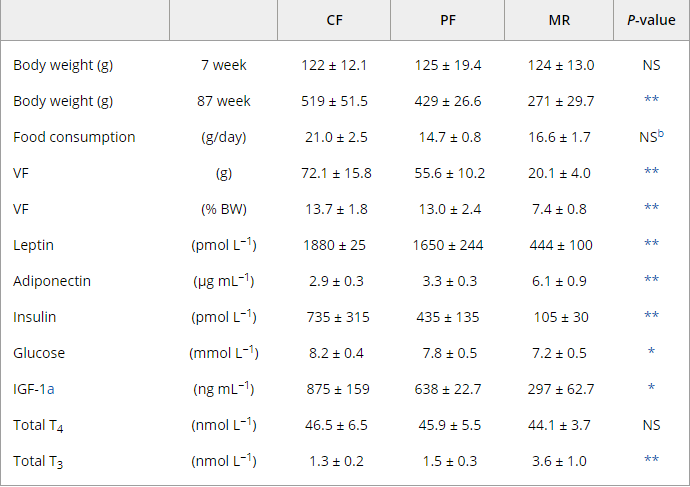
Dandruff or scalp irritation? Try BLOO.
Just to add a little bit more...
Look at total T3 from MR rats. Total T4 is the same as the others, which indicates a greater conversion of T4 to T3

Better check
"Only about one third of patients volunteering this complaint will ultimately be found to have abnormal proteinuria, so most cases of foamy urine remain unexplained...
It is important to point out that these substances with amphiphilic properties are present in normal urine, which could explain the tendency of some individuals to form a single layer of foam upon voiding, especially if the urine is concentrated. It is expected that persons with cholestasis can have excess of most of these metabolites in their urine, contributing to foam formation. Moreover, laxatives that stimulate the flow of bile into the duodenum (cholagogue) or stimulate the production of bile by the liver (choleretic) can potentially increase bile salt excretion in the urine after escaping the enterohepatic circulation. Persons with enteric bacterial overgrowth potentially can have excessive amount of glycocholic acid and glycoursodeoxycholic acid, whereas those with carnitine palmitoyltransferase 2 deficiency and celiac disease can excrete excess L-palmitoylcarnitine in their urine. It is predicted that such conditions with relative excess in bile salts can potentially be the reason for urine foam formation in the absence of proteinuria."
List of amphiphilic metabolites in normal human urine.
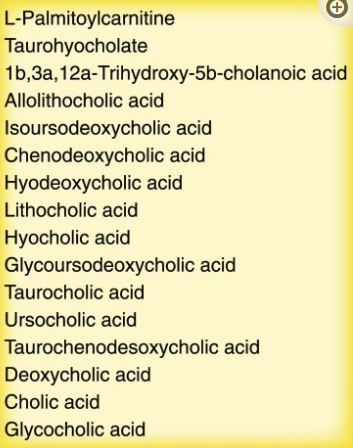
I think things like food depend a lot on the person, in general I think the best thing would be to focus on foods that are nutritious and easy for you to digest. In my case, I like milk and I always drink it in large quantities, especially when I'm feeling unwell and don't want to eat anything "heavy"
It's just a logical conclusion, I think what will define the balance between synthesis and degradation are the stimuli (e.g. mechanical like exercise, and "chemical" like nutrients in the diet, energy, hormones) or the lack of them.
You can see this kind of relationship between synthesis and degradation in hyperthyroidism, despite the doubling of testosterone the waste of muscle in hyperthyroidism is well known, I don't know if the result would be the same if you converted the rat/person into a kind of "hummingbird like being" by feeding it every half hour to see if the opposite happened.
But if you see yourself thinner in the mirror, isn't that a sign that you're losing body fat even though the scales remain the same?
t3 increases synthesis and degradation, so it's good to have a good diet to support synthesis.
Apparently the intermittent version of this methionine restriction(MR) can be a tool too, I don't know if it's the same with BCAA.
IMR1: features a cycle of 4 days of ad lib feeding of a methionine-replete control diet (0.86% methionine), followed by 3 days of ad lib feeding of an isocaloric methionine-restricted diet (0.12% methionine).
IMR2: also features a cycle of 4 days of ad lib feeding of the control diet, but in this case, is followed by 3 days of ad lib feeding of an isocaloric diet that is totally devoid of methionine.
Obs.: day 46 is 3 or 4 days after methionine repletion.
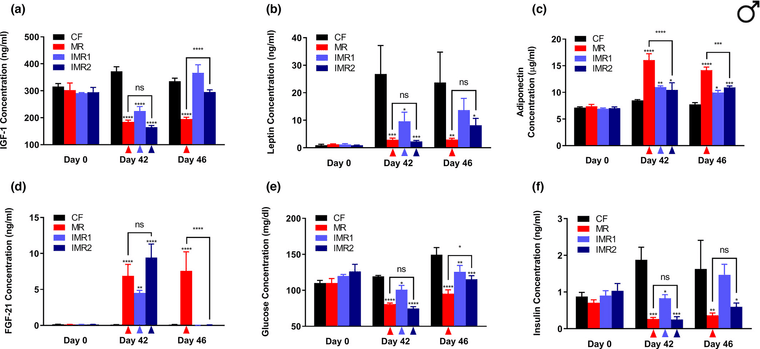
I'm probably not from your country but maybe you can find stearic acid as Emulsifier(E570), food grade/USP.
How long do you intend to "restrict" SCD1? It seems to be contradictory to long-term PUFA depletion
If I remember correctly, in his video "The Pre-Emergence Diet: Low Protein, Tokelau and Coconuts", he mentions that the fats that displace PUFA from tissues are lauric and myristic acid (although I couldn't find anything about that). I don't know if it was in the same video, but he said that in a state of torpor stearic acid could still be easily converted into oleic, so it wasn't the best of alternatives if you're overweight.
But some of his recommendations apparently do increase the saturated:unsaturated ratio. Saturated fats downregulate the activities of Δ6 and Δ5 desaturases, and low protein also downregulates the activity of these two desaturases with some studies showing that it also downregulates SCD1(and others saying that it increases it).
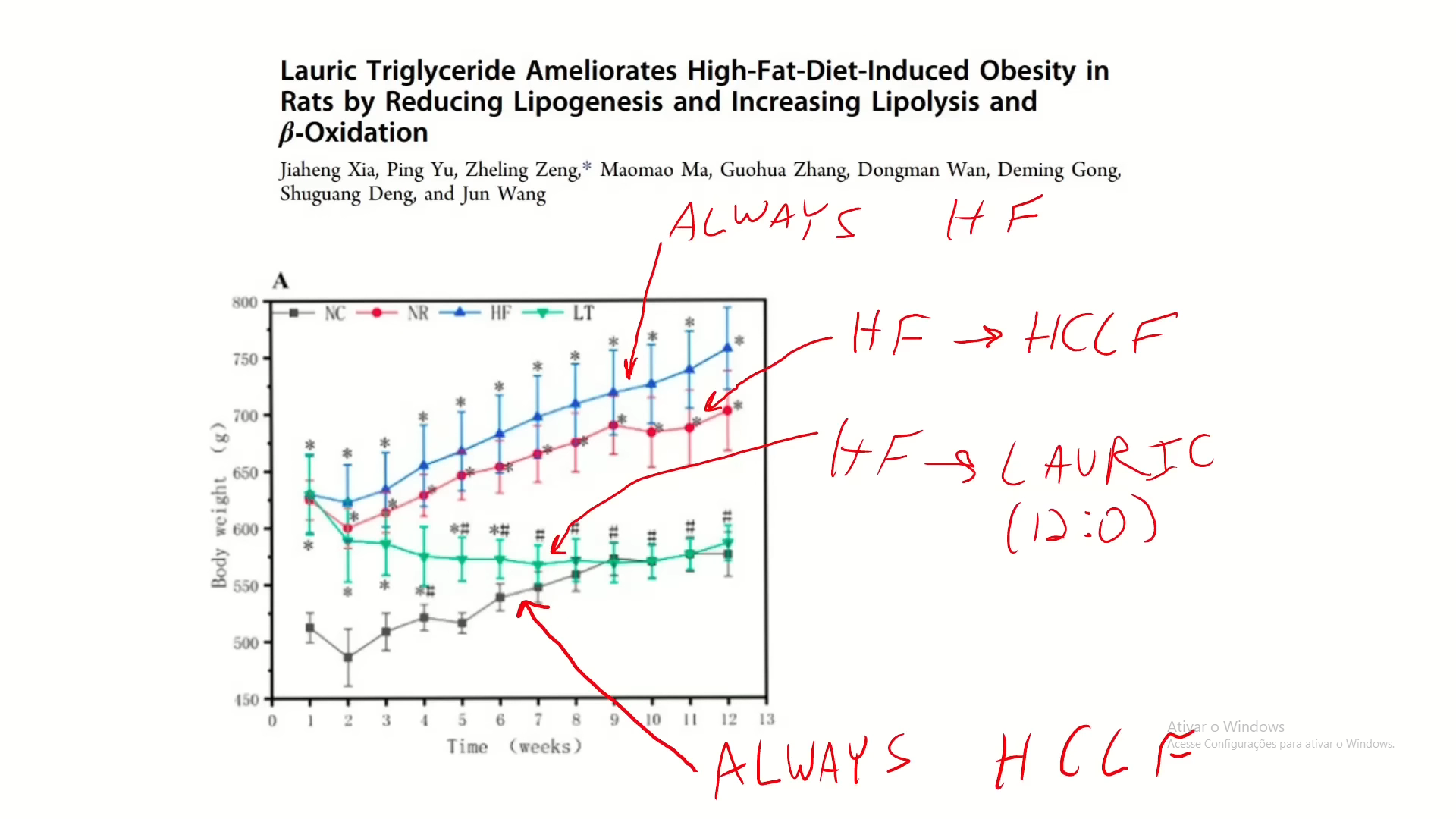
And yet in real life, the more of these you consume, the worse off you are
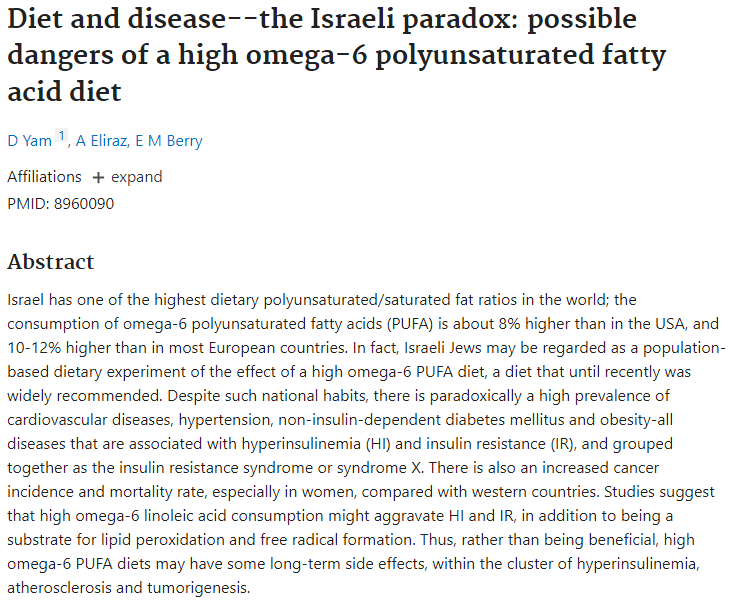
It probably doesn't change much, but I like to do "Bag breathing"/Buteyko after training to take advantage of the high CO2 production and possibly reduce lactate.
They say that PGE2 is important for hypertrophy, aren't you worried to use aspirin on the same day as weightlifting?
I think it's better to lose fat slowly so as not to overload the body with PUFA. Peat says that using aspirin, niacinamide, vitamin E, coconut oil, is welcome because it provides support and stability for safer elimination (glucuronidation), anything considered "prometabolic" can help with this. So if you're going to opt for a "forced deficit" by reducing calories, don't do anything crazy.
In my mind, if you're not obese, it's better to choose to create a deficit by increasing your metabolism than to force a violent deficit by reducing your needs too abruptly.
Here's an example, a short period of drastic deficit and the metabolism was depressed for 6 years.:
"After 6 years, 41.0 ± 31.3 kg of the lost weight was regained (P = 0.0002), while RMR was 704 ± 427 kcal/day below baseline (P < 0.0001) and metabolic adaptation was -499 ± 207 kcal/day (P < 0.0001)."
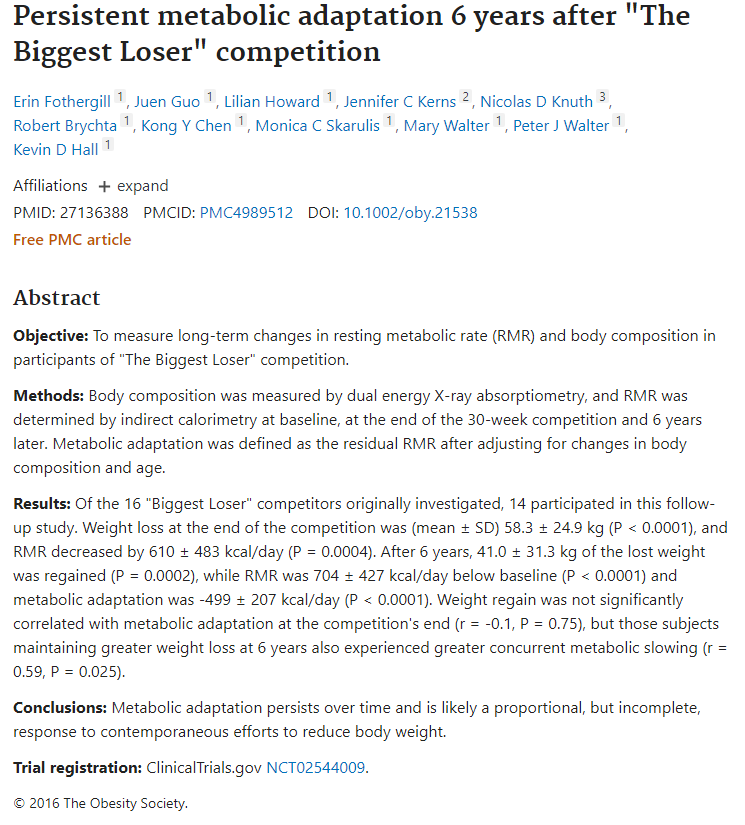
What about making your own toothpaste? Xylitol, nano-hydroxyapatite/, eugenol, coconut oil, little bit of baking soda...
“The larger the quantity of “toxic fat” stored in the body, the more careful the person must be about increasing metabolic and physical activity. Using more vitamin E, short-chain saturated fats, and other anti-lipid-peroxidation agents is important.”
“But when tissues contain large amounts of polyunsaturated fats, every episode of fatigue and prolonged excitation leaves a residue of oxidative damage, and the adaptive mechanisms become progressively less effective.”
“It’s the stored PUFA, released by stress or hunger, that slow metabolism. Niacinamide helps to lower free fatty acids, and good nutrition will allow the liver to slowly detoxify the PUFA, if it isn’t being flooded with large amounts of them. A small amount of coconut oil with each meal will increase the ability to oxidize fat, by momentarily stopping the antithyroid effect of the PUFA. Aspirin is another thing that reduces the stress-related increase of free fatty acids, stimulating metabolism. Taking a thyroid supplement is reasonable until the ratio of saturated fats to PUFA is about 2 to 1.”
“People with a significant amount of fat in their body, who have in the past eaten foods containing vegetable oils, are likely to draw unsaturated fats out of storage, with toxic effects unless vitamin E, thyroid, and coconut oil are used protectively until tissue stores of unsaturated fats are depleted. Typically, body stores of fat take four years to completely reflect the change to a different type of dietary fat.”
"When the diet has chronically contained more polyunsaturated fats than can be oxidized immediately or detoxified by the liver, the fat stores will contain a disproportionate amount of them, since fat cells preferentially oxidize saturated fats for their own energy, and the greater water solubility of the PUFA causes them to be preferentially released into the bloodstream during stress."
"In good health, especially in children, the stress hormones are produced only in the amount needed, because of negative feedback from the free saturated fatty acids, which inhibit the production of adrenalin and adrenal steroids, and eating protein and carbohydrate will quickly end the stress. But when the fat stores contain mainly PUFA, the free fatty acids in the serum will be mostly linoleic acid and arachidonic acid, and smaller amounts of other unsaturated fatty acids. These PUFA stimulate the stress hormones, ACTH, cortisol, adrenaline, glucagon, and prolactin, which increase lipolysis, producing more fatty acids in a vicious circle. In the relative absence of PUFA, the stress reaction is self limiting, but under the influence of PUFA, the stress response becomes self-amplifying."
All NSAIDs except aspirin damage mitochondria. It's probably one of the most researched drugs for longevity.
Aspirin increases metabolic rate (AMPK, PGC-1a, uncoupling, some studies say it increases T3).
Whenever regeneration doesn't compensate for the damage, aging will occur, so what you said is possible. That's exactly why there are those who say that watching the sunrise and sunset compensates for the damage of the sun in the afternoon, since the presence of infrared is greater and UV is lower.
Saying that it's just a matter of eliminating seed oils (meaning PUFA) from the diet is wrong, eliminating them from the body takes years and is only one of the influencing factors. SolBrah eliminates "seed oils" but constantly eats foods rich in iron, like raw liver for example
"In the skin, excess iron combined with UV radiation exerts pro-oxidant effects while scavenging of free iron prevents or inhibits the toxic effects of UV radiation on both nude mice and human skin. In this review, we propose that iron chelators and/or iron deprivation might play a significant role in the prevention of aging- associated diseases and conditions, in particular in the skin, and increase quality of life."
Peat's advice on eliminating PUFA and reducing iron intake offers greater protection than just "eliminating seed oils makes you immune".
Just a reminder for those who are interested, since I think this person is joking

Travis in 2017 I think wrote a theory that balding/hair growth is under influence of PPARs and prostaglandins. His conclusion was "Balding is nearly impossible without linoleic acid".
The explanation was pretty good, I don't know if depleting linoleic acid would bring back what has already "been lost" though
Apparently so. They forced the symptoms by reducing the calories and after they switched to ad libitum it took a while for the symptoms to disappear, suggesting that ad libitum from the start didn't cause any symptoms apart from the increase in mead acid.
In another study with a similar diet and the addition of 4% hydrogenated coconut oil, there were no symptoms even though the amount of mead acid was higher than a fat-free diet. They finished the experiment and assumed that one day the symptoms would appear
"present results would suggest that feeding with a 4% HCO diet without EFA or a fat-free diet (No-fat diet) for 4 weeks equally increased the concentrations of 20:3n9 and decreased 20:4n6 and EFAs in most organ and tissues, but did not retard body growth or cause other clinical symptoms of EFA deficiency in rats. Beyond this feeding period, clinical signs presumably would have been observed because a value of triene/tetraene ratio of 0.4 is generally the level at which clinical evidence of EFA deficiency is detected"
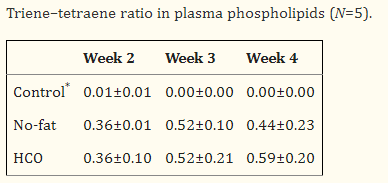
@HubblyBubbly If I'm not mistaken, a deficiency of choline (phosphatidylcholine) hinders the production of VLDL, so triglycerides accumulate in the liver.



link: https://www.ncbi.nlm.nih.gov/pmc/articles/PMC1394528/?page=1